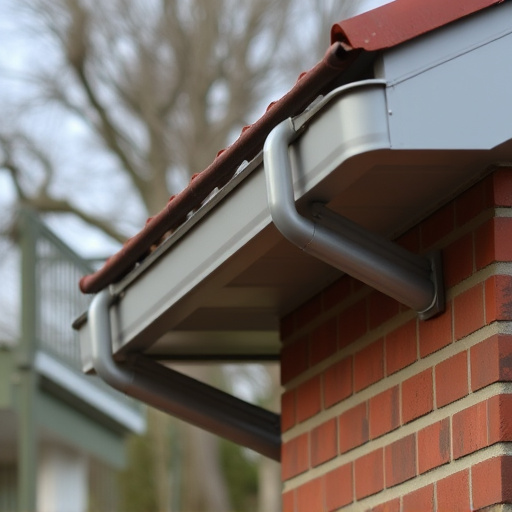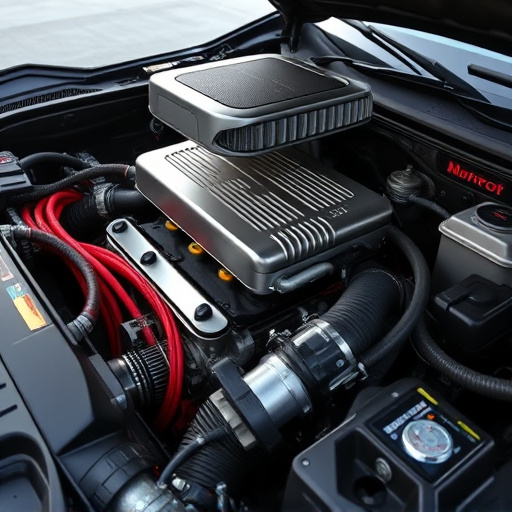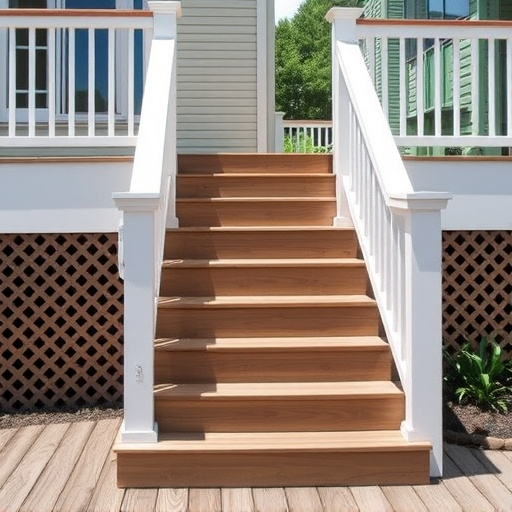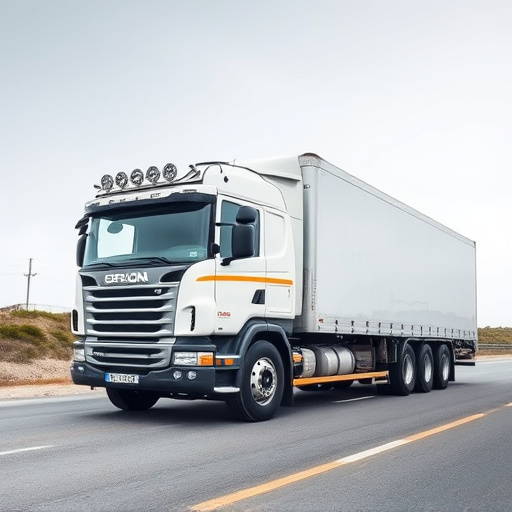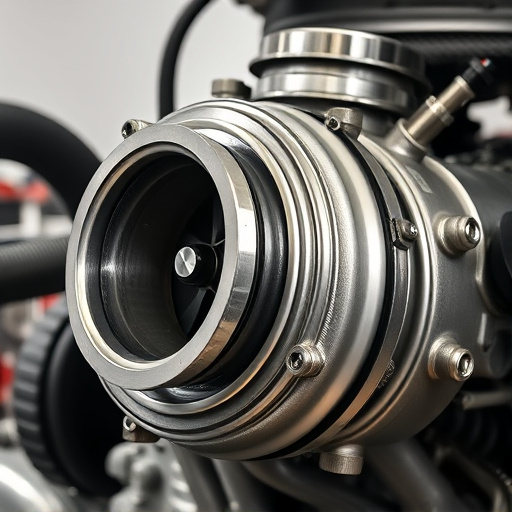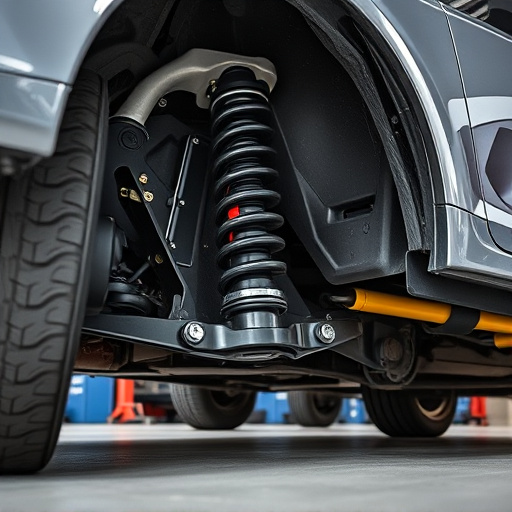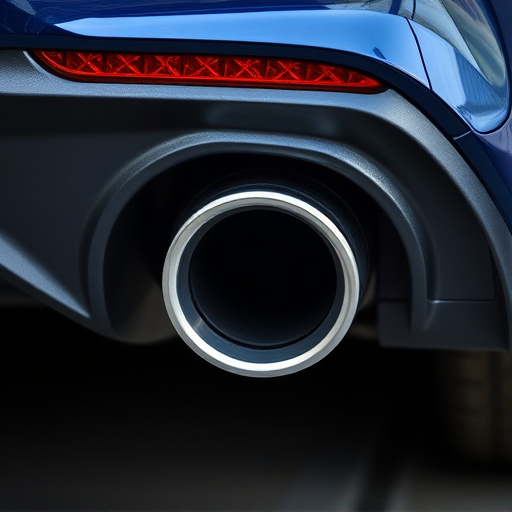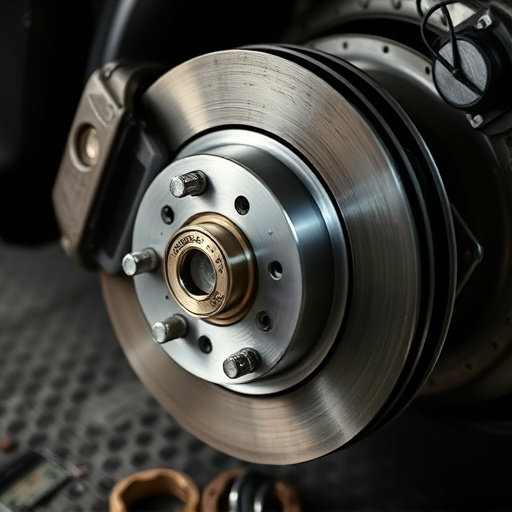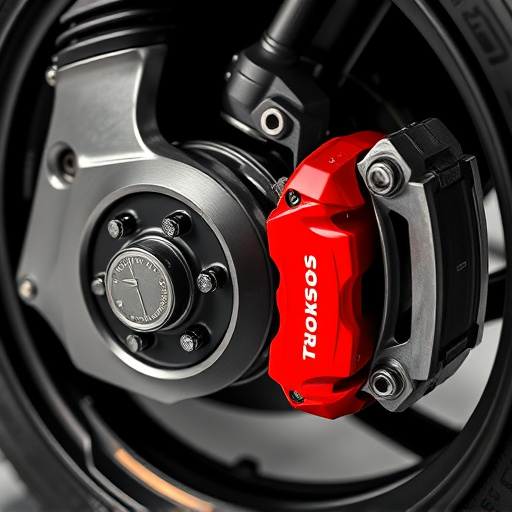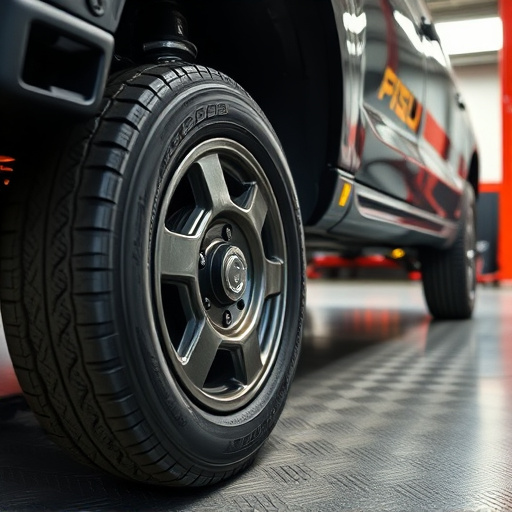Inspect old truck tonneau cover for wear and tear. Gather essential tools, materials, and safety gear. Install new truck tonneau cover following manufacturer instructions, ensuring security and stability for cargo protection.
Looking to upgrade your old truck bed cover? This guide walks you through a simple, safe process for replacing your worn-out truck tonneau covers. Before you begin, assess its condition: check for tears, rust, and secure fit. Gather essential tools like wrenches, screws, and the new cover, ensuring compatibility with your truck model. Follow expert tips to install it safely and securely, enhancing your vehicle’s aesthetics and functionality.
- Assess Your Old Tonneau Cover's Condition
- Gather Necessary Tools and Materials
- Install New Tonneau Cover Safely and Securely
Assess Your Old Tonneau Cover's Condition
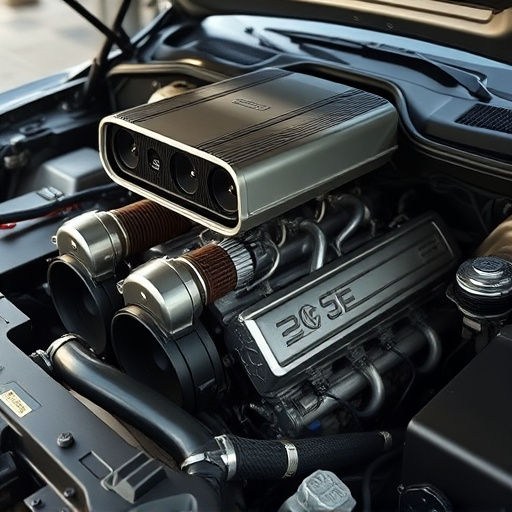
Before replacing your old truck tonneau cover, it’s crucial to assess its current condition. Carefully inspect for any signs of wear and tear, such as cracks, tears, or loose fittings. Check if the fabric is frayed or if the seals are intact. Additionally, look for rust or corrosion on metal components, especially if your truck has been exposed to harsh weather conditions or salt-treated roads. This initial evaluation will help you determine whether a simple repair is feasible or if a complete replacement is necessary.
Paying attention to these details matters, as they directly impact the safety and functionality of your tonneau cover. For instance, compromised seals could lead to cargo shift during transit, while damaged fabric might no longer provide adequate protection from the elements. Remember, ensuring a secure fit is paramount for both the performance of your truck tonneau covers and the security of your cargo.
Gather Necessary Tools and Materials
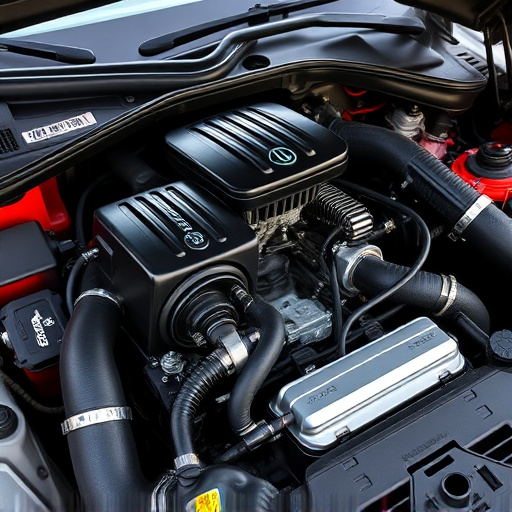
Before beginning the task of replacing your old truck tonneau cover, make sure you have all the necessary tools and materials at hand. This includes a new tonneau cover that’s compatible with your vehicle model, along with essential items like screwdrivers, ratchets, socket sets, and any specific hardware required for installation. For added safety and convenience, consider having air filter kits and coilover kits readily available; these can enhance your truck’s performance and stability during the replacement process.
Additionally, ensure you have adequate protection gear, such as gloves and safety glasses, to safeguard yourself from potential hazards. Checking your vehicle’s brake components is also crucial; ensuring they’re in good working condition will help maintain control throughout the replacement process. With all these preparations in place, you’ll be well on your way to safely replacing your truck tonneau cover.
Install New Tonneau Cover Safely and Securely
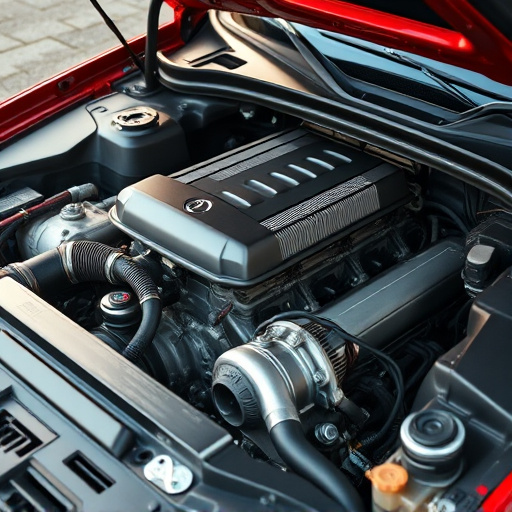
When installing a new truck tonneau cover, prioritize safety and security to prevent accidents and ensure the cover remains in place during various road conditions. Start by thoroughly cleaning and preparing the truck bed, removing any debris or old residue that might affect adhesion. Follow the manufacturer’s instructions for preparing the surface, which may include sanding or applying a suitable primer. This step is crucial for achieving a secure bond.
Next, align the tonneau cover accurately over the bed, ensuring it fits snugly around the edges. Secure it with the provided hardware, such as bolts and clamps, but also consider additional support like coilover kits or sturdy suspension components for enhanced stability. Remember to tighten all fasteners correctly. Additionally, check that any locking mechanisms are functioning properly to prevent the cover from shifting during transit or when navigating rough terrain, ensuring your cargo remains protected by your truck tonneau cover.
Replacing old truck tonneau covers doesn’t have to be a daunting task. By assessing your current cover’s condition, gathering the right tools and materials, and installing the new cover safely and securely, you can enhance your truck’s appearance and functionality. Remember to prioritize safety throughout the process, ensuring a secure fit for reliable protection against the elements. With these steps, you’ll have a fresh, functional tonneau cover that improves both the aesthetics and utility of your vehicle.

